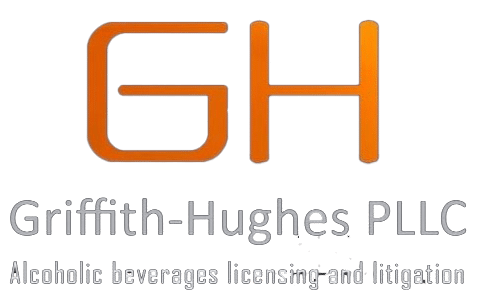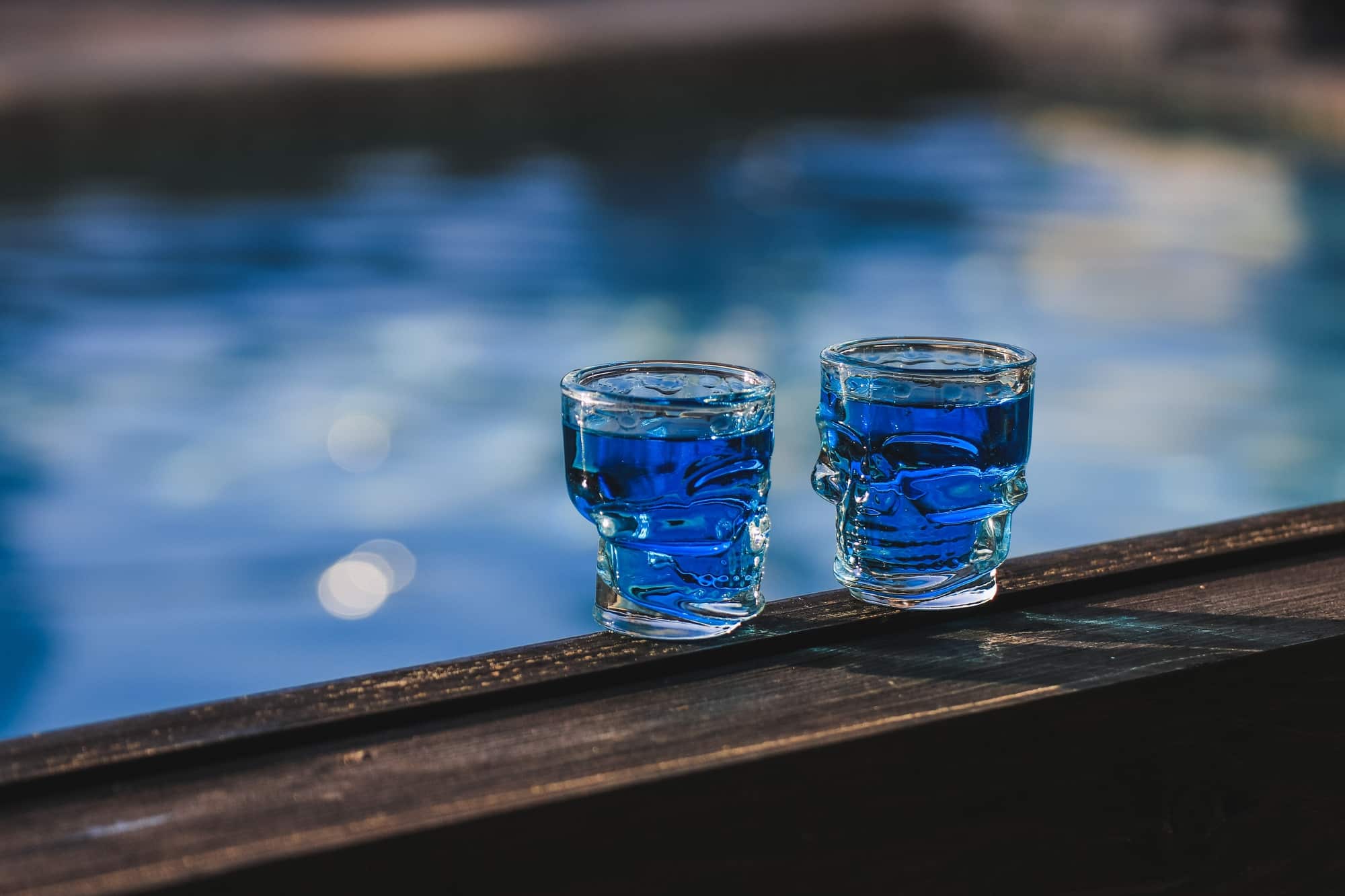Texas Dram Shop act imposes a “high temporal and visual bar” to sustain a claim. Absence of evidence of customer’s actual condition and appearance at the time of provisioning could result in dismissal. In a recent unanimous opinion, see Raoger Corporation v. Myers, No. 23-0662 (Tex. April 11, 2025), the Court held that Blood Alcohol Concentration test results and quantity of alcohol consumed in themselves are insufficient to establish essential elements –
- “[T]he Act requires proof that the customer was so ‘obviously’ intoxicated as to present a ‘clear danger’ and that this condition was ‘apparent to the provider’ … ‘Apparent’ ordinarily means ‘[v]isible; manifest; obvious, and ‘obvious’ means ‘[e]asily discovered, seen, or understood; readily perceived by a person’s senses or intellect…”
- “The relevant inquiry is the customer’s appearance to the dram shop when [they were] served—not whether the customer drank an amount of alcohol at the dram shop that may or should make some people very intoxicated … Speculative and conclusory testimony regarding how a customer may or should have appeared based on his BAC, absent additional probative evidence, is insufficient to establish a Dram Shop Act claim”.
Nasar Kahn and a companion arrived at Cadot sometime between 9:45 p.m. and 10:00 p.m. on November 29, 2018. Mr. Kahn open his tab at 10:23 p.m., and closed his tab around 10:30 p.m. The tab showed four drinks. He left Cadot sometime thereafter and spent some time at his companion’s home. Mr. Kahn was involved in an accident shortly after midnight (which was about 1.5 hours after his tab was closed). The record was not clear what alcohol Mr. Kahn had consumed, what time he Kahn left Cadot, or how long he was at his companion’s home prior to the crash.
There was no testimony or evidence that Mr. Kahn had manifested any signs of obvious intoxication at Cadot or at the time of the wreck (which was an hour and a half after Mr. Kahn’s tab was closed). Mr. Kahn testified that he was “acting normal” when he was at Cadot, was not slurring his speech, and did not have bloodshot watery eyes. Mr. Kahn’s companion also testified that Mr. Kahn did not appear intoxicated and looked fine before and after leaving Cadot. Even the investigating officer did not believe Mr. Kahn appeared intoxicated at the crash scene. (Bartender did not recall the evening in question other than nothing out of the ordinary occurred, and that she would not serve any customer who appeared intoxicated)
Mr. Kahn manifested signs of intoxication around 1:00 a.m. the next morning (which was about 2.5 hours after he had closed his tab). Around 1:00 a.m., the investigating officer noted that Mr. Kahn had a strong odor of alcohol, and that administration of the horizontal gaze nystagmus (“HGN”) test showed signs of intoxication.
Mr. Kahn’s blood was drawn at 3:00 a.m. Results of the blood draw showed that Mr. Kahn had a Blood Alcohol (“BAC”) concentration was determined to be .139. Plaintiff’s expert testified that Mr. Kahn would have had to consume between ten and nineteen drinks to reach that result.
In affirming summary judgment for Cadot, the Court rejected how Mr. Kahn would have or could have appeared based on the amount of alcohol he must have consumed or his BAC result as speculation driven by BAC test results and rested on the competent evidence in the record, i.e. observations of eyewitness testimony of Mr. Kahn’s actual condition and appearance at Cadot.
Our firm wholeheartedly agrees with the decision, and are proud to have been part of the process as an amicus curiae.
- Edgar Korzeniowski








